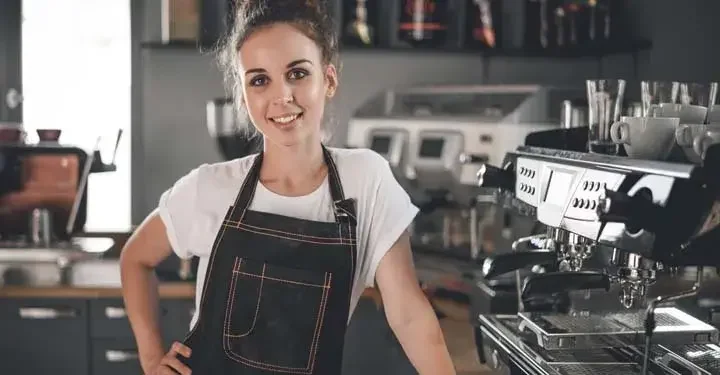Women-owned businesses are an increasingly important part of the U.S. economy.
According to the 2018 State of Women-Owned Businesses Report, there were more than 12.3 million women-owned businesses in the United States in 2018, which represents four out of every 10 U.S. businesses. Compare this to 1972, when there were a total of 402,000 women-owned businesses, representing only 4.6 percent of all U.S. businesses.
These women-owned businesses generate $1.8 trillion in revenue, and employ 9.2 million people. From 2007 to 2018, total employment by women-owned businesses increased 21 percent, while overall employment for all U.S. businesses decreased by 0.8 percent.
If you are a woman and thinking of opening your own business, or you have been in operation for a few years and want to expand, now is a great time to do it. You may qualify to receive federal funding for your endeavors and get started with low-interest loans.
The following are some options for federal small business loans for women, as well as how you can apply for them.

SBA 7(a) loan
All small business owners can apply for the Small Business Administration's SBA 7(a) loan. The SBA acts as a guarantor for these loans, which are made by private lenders, including commercial banks and community development organizations.
The SBA 7(a) loan amounts range from $25,000 to $5,000,000. According to SBA.gov's requirements, your business must operate for profit and be engaged in or will engage in business in the U.S., or its territories.
As an owner, you must have reasonable owner equity to invest and use alternative financial resources like personal assets prior to seeking out the loan.
The maximum maturities for SBA loans are 10 years for a working capital or inventory loan, 10 years for equipment and 25 years for real estate. The interest rates vary from a base rate (such as the prime rate or LIBOR) plus 2.2 percent to a base rate plus 4.75 percent, depending upon how much you borrow.
Unlike with private lender requirements, you can qualify for a loan even if you don't own property. To learn more about applying for an SBA 7(a) loan, visit the SBA 7(a) loan website. You also can check out the SBA's Office of Women's Business Ownership for more details and help applying.
United States Department of Agriculture loan
If you are a female farmer or rancher, the USDA's Farm Service Agency (FSA) can provide you with funding for your operations. There is the Direct Farm Ownership Down Payment Loan, which requires applicants to provide five percent of the purchase price of the farm. The FSA also has programs that focus specifically on minority and women farmers and ranchers.
There is also a "regular" loan to help with the running of the farm and a Direct Farm Ownership Microloan for smaller and more niche operations. While the microloan maximum is $50,000 and needs to be paid within 25 years, some of the other farming loans can be guaranteed up to $1.75 million and have repayment periods of up to 40 years. Interest rates, as of March 2019, vary from 1.5 to 4.0 percent.
Community development financial institutions
Community development financial institutions (CDFIs), certified by the CDFI Fund at the U.S. Department of the Treasury, are private financial institutions that serve businesses that may have had trouble receiving funding from traditional lenders.
According to Federal Reserve data, in 2017, businesses applying to CDFIs for loans/lines of credit and cash advances enjoyed approval rates of 88 percent. The interest rate on a CDFI loan may be lower than that of an SBA loan, and the loans are fixed rate. To qualify for the loan, you must pledge to cater to an underserved community and encourage economic development. The first step in applying for a CDFI loan is to identify the CDFIs in your state.
Training and Support for Women in Business
If you need help navigating the loan process, you can reach out to the Association of Women's Business Centers or the National Women's Business Council, both of which provide training and support for female entrepreneurs. You can connect with other women-owned businesses and be mentored by successful women business owners.
Seeking a grant instead?
If you would rather apply for grants, which you don't have to pay back, there are a wide variety of grants available. Start at Grants.gov to explore your options and apply for a federal grant. Their Grants Learning Center provides detailed introductions to the various types of federal grants available and how the application processes work.
If your small business is engaged in scientific research and development, you may qualify for grants through the Small Business Innovation Research (SBIR) Program. With federal grants, you may be able to garner thousands of dollars to build the women-owned business of your dreams.
More resources
While both federal loans and grants may be viable sources of funding for your women-owned business, be sure also to explore the valuable business and financial information that's available from resources as diverse as the U.S. Small Business Administration and your local public library—much of which advice is free or low cost to you.

